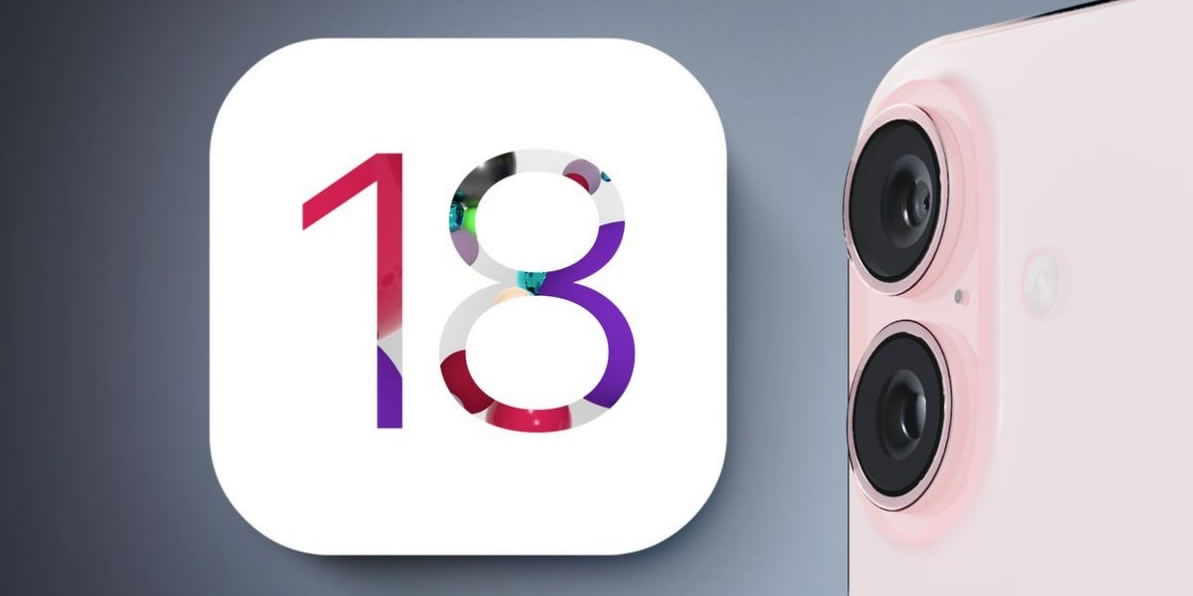FaceTime has become an integral part of staying connected with friends, family, and colleagues. While the platform offers a variety of features to enhance the video calling experience, some users may find the FaceTime Reaction Gestures distracting or unnecessary. This guide will walk you through the process of disabling these gestures on your iPhone or iPad, providing a seamless and distraction-free video calling experience.

Disabling FaceTime Reaction Gestures: Step by Step
- Open FaceTime Application: To begin the process, locate and open the FaceTime application on your iPhone or iPad. FaceTime is a pre-installed app, recognizable by its iconic green video camera icon.
- Initiate a FaceTime Video Chat: Start a FaceTime video chat as you normally would, ensuring that your device’s camera is active and facing you. This step is crucial as the option to disable Reaction Gestures becomes accessible during an active FaceTime call.
- Access Control Center: During your FaceTime call, swipe down from the top right corner of your screen to access the Control Center. This gesture reveals a set of quick-access options to enhance your device’s functionality.
- Navigate to Effects: Within the Control Center, locate and tap on “Effects” in the upper left corner. This action directs you to a menu where various visual effects and enhancements can be adjusted.
- Toggle Off “Reactions”: In the Effects menu, find the “Reactions” option and tap to unselect it. This simple step disables the FaceTime Reaction Gestures, providing a more focused and traditional video-calling experience.
- Return to FaceTime: After adjusting the Effects settings, leave the Control Center and return to your FaceTime video chat. The Reaction Gestures are now successfully disabled, allowing you to continue your conversation without interruptions.
Why the Unconventional Setting Location?
The disabling of FaceTime Reaction Gestures is peculiar due to its location in the Control Center. However, this setting differs from a dedicated FaceTime Settings panel. Moreover, the option is placed in the Effects menu during an active call. In contrast, a more traditional settings approach might be expected for such features. Users may wonder why this unconventional placement was chosen. Despite this, toggling the feature through the Effects menu raises questions about user experience design.
Future Considerations
As technology evolves, user feedback shapes the user experience. Apple might relocate FaceTime Reaction Gestures based on input. However, if negative feedback accumulates about the current toggle method, Apple may streamline the process. This could involve integrating it into broader FaceTime settings or creating a dedicated Reaction Gestures panel. Therefore, the user experience could be enhanced by addressing user concerns through strategic adjustments. In contrast, relocating the setting might not be the sole solution. Moreover, considering user input remains crucial for continually improving technology and user satisfaction.
In Summary
Managing FaceTime Reaction Gestures on your iPhone or iPad is straightforward. Following the steps in this guide, users can easily toggle gestures based on preferences. As technology advances, staying informed about customization options ensures tailoring the digital experience. FaceTime is a versatile tool for virtual communication, empowering users to maximize its features. Therefore, understanding these features is crucial for making the most of the platform. Moreover, the straightforward process outlined in this guide enhances user control and customization of FaceTime.








